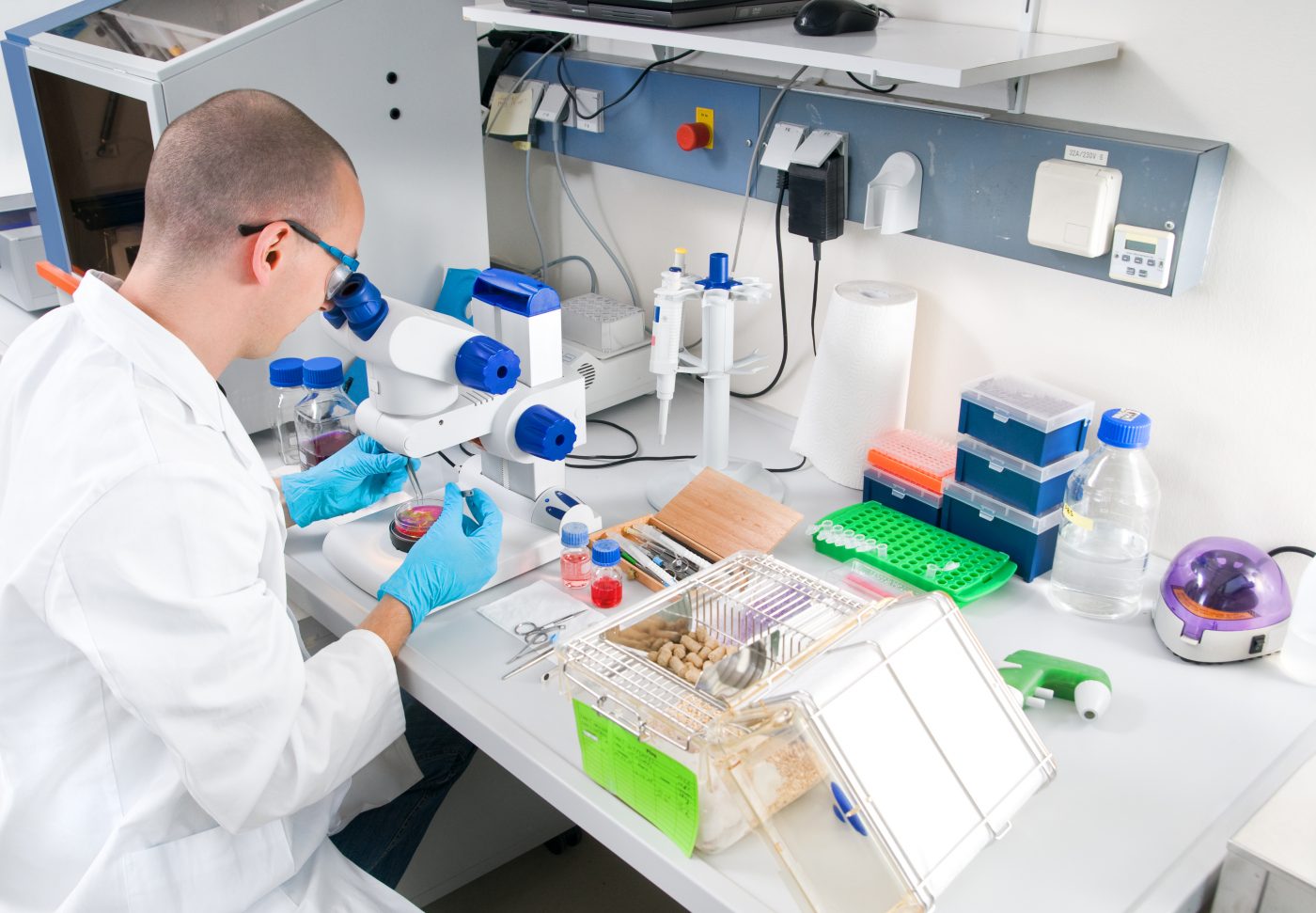Researchers Discuss Use of Cytokines and MicroRNA as Biomarkers for Systemic Lupus Erythematosus
Written by |

Systemic Lupus Erythematosus (SLE) is an autoimmune disease characterized by a misdirected attack of the immune system against the body’s own organs. Disease origins are quite complex and still not fully understood, hampering SLE’s cure. Due to its systemic nature, SLE causes a wide array of clinical symptoms, complicating its diagnostic and treatment. Currently, disease diagnostic is based on the manifestation of four out of eleven criteria established by the American College of Rheumatology. Even so, SLE is sometimes misdiagnosed, and novel and accessible methods to properly identify this disease are required.
Detection approaches using biomarkers, disease-specific signaling or genetic molecules, are emerging as powerful diagnostic methods. Disease biomarkers might aid in the early and accurate diagnostic of disease, to classify patients’ sub-groups, predict clinical outcomes, select appropriate treatments to manage conditions and improve clinical trials’ evaluation. Thus, the identification and study of new biomarkers is extremely important not only for disease diagnostic but also for the development of novel therapies.
In a recent publication, a team of Polish researchers reviewed the role of cytokines, immunological cell-signaling molecules, and microRNA (miRNA), small non-coding RNA molecules involved in post-transcriptional regulation of gene expression, in SLE and discussed their potential use as disease biomarkers. The study, entitled “Cytokines and MicroRNAs as Candidate Biomarkers for Systemic Lupus Erythematosus” was published in the International Journal of Molecular Sciences.
SLE development is related with disturbance in the balance between pro- and anti-inflammatory cytokines. In this review, the authors discussed how cytokines such as interferon type I, interleukin-6, interleukin-17, B lymphocyte stimulator, proliferation-inducing ligand, and tumor necrosis factor-alpha, contribute to the impairment of immune cell function in SLE. The team further discussed their potential as biomarkers for SLE and what seems to be the best approach to measure each of these molecules in SLE patients.
RELATED: New Potential Lupus Drug Targets B Cell Receptor
miRNA regulate several features of cellular activity, from differentiation to proliferation and apoptosis, and are also involved in the modulation of innate and adaptive immune responses. SLE disease activity is associated with a decreased methylation of immune cells’ DNA, increased reactivity of immune cells and cytokine imbalance. Authors discussed how different miRNA, such as miR-148a, miR-126, miR-21, miR-142s and miR-155, affect these processes by modulating immune cells’ protein expression, and how their levels in body fluids can be used for disease diagnostic and the assessment of disease activity.
As a final comment, authors noted that even though miRNA and cytokines are promising SLE biomarkers, there are still several details that need to be clarified before these can be used routinely. Future studies attaining a clearer understanding of cytokines and miRNA in immune responses may well allow the identification of novel biomarkers and improve therapeutics for SLE.




